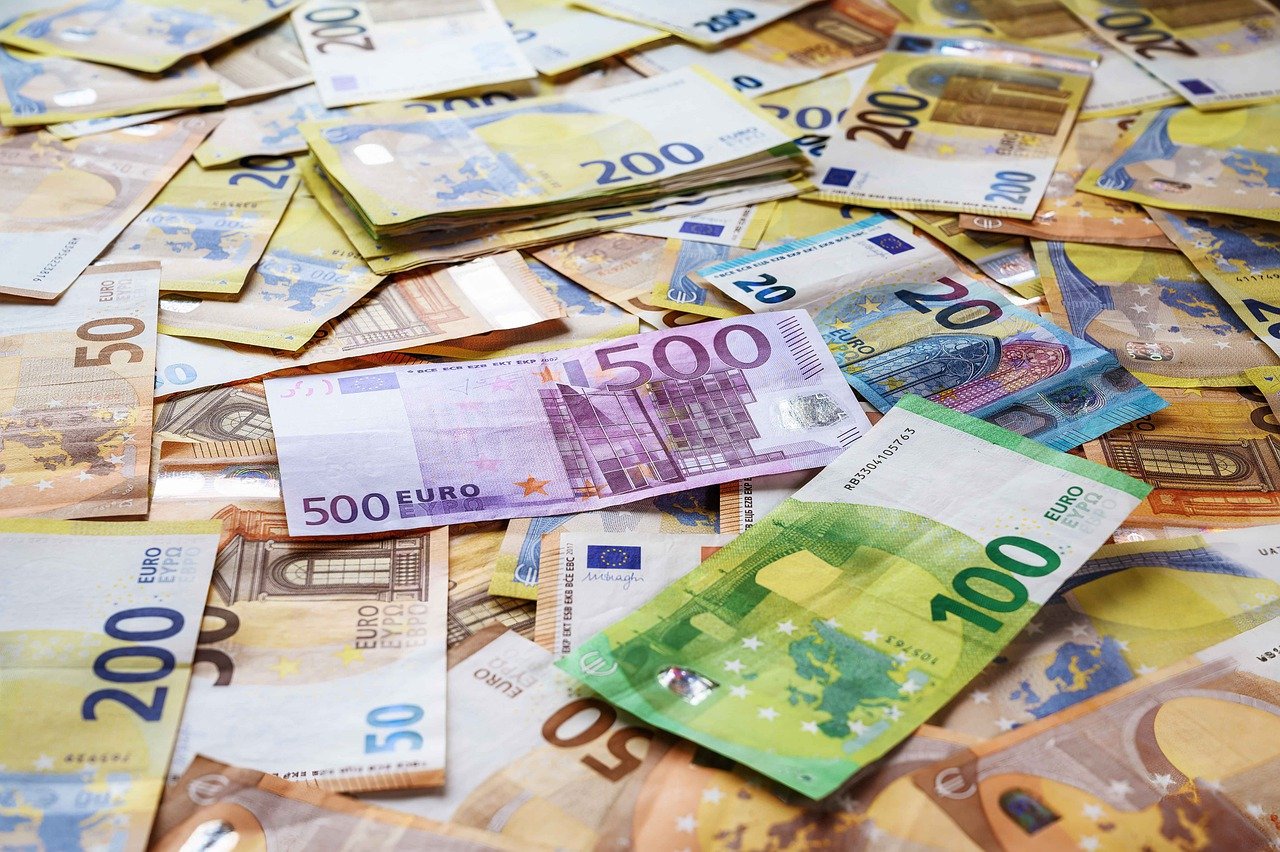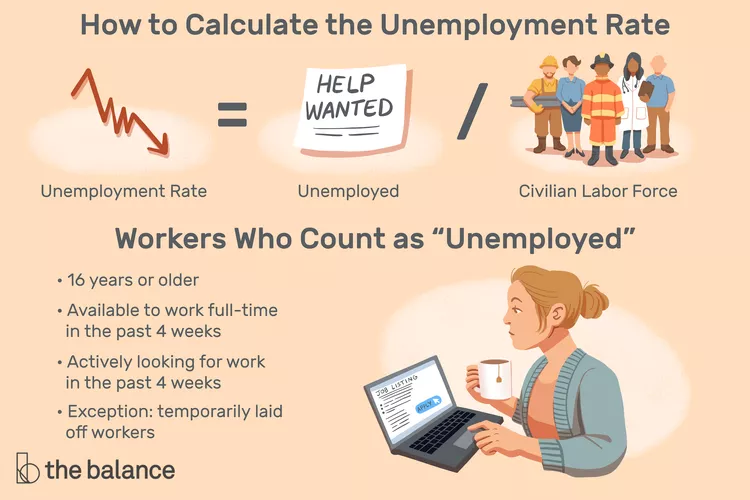Today’s market allows the average investor to buy and sell currencies from different countries. Most of the trading is done through Forex, the online forex market that is open 24 hours a day, 5 days a week. With enough knowledge of the market and a little bit of luck, you can make money trading currencies.
Part 1 Understanding Currency Trading
1 View the exchange rate between the currencies you intend to sell and buy.
Observe the volatility of the selected currency pair.
Currency exchange rates are quoted in pairs and tell you how much of the currency you want to sell can be exchanged for another currency. For example, the dollar is quoted at .91 against the euro, meaning you can get .91 euros for every dollar you sell.
Currency values fluctuate frequently. Political instability, natural disasters, and other factors can cause fluctuations in value. Make sure you understand that currency exchange rates are constantly changing.
2 Develop a trading strategy
To make a profit from a trade, you need to buy a currency that you expect to fall in value and buy another currency that you expect to rise in value. For example, if you think that currency A, which is currently priced at $1.50, will rise, you can buy a “call option” to buy a specific amount of the currency in question at an agreed-upon price. If its price rises to $1.75, you make money.
Assess the likelihood of a significant change in the value of a currency. The better the economic conditions of a country, the more likely it is that the external value of its currency will remain stable or rise.
Factors such as interest rates, inflation, national debt, and political stability all affect currency values.
Changes in national economic factors such as the Consumer Price Index and Purchasing Managers’ Index may signal an impending change in the value of the currency.
3 Understand the risks
Even for investment professionals, buying and selling foreign currencies can be a risky endeavor. Many investors use leverage to gain access to more money in order to buy more currencies. For example, if you want to trade $10,000 worth of currency at a leverage ratio of 200:1, all you need to do is deposit $100 into a margin account.[7] But if you lose your investment, you’ll lose more than that. However, if the investment fails, you don’t just lose your own money, you owe the broker a large sum of money, possibly more than you would lose by investing in stocks or futures.
Also, currency price increases and decreases tend to happen very quickly, sometimes changing dramatically in a matter of hours.
For example, in one 24-hour period in 2011, the U.S. dollar fell 4% against the Japanese yen to an all-time low before rising 7.5%.
As a result, only about 30% of retail investors (individual investors) were able to make money.
4 Sign up for a demo account to practice currency trading
This helps you understand how trading works.
Sites like FXCM allow you to make simulated currency investments and trade currencies with virtual money.
Wait until you are able to consistently make a profit in a demo account before trading in the real market.
Part 2 Buying and Selling Currency
1 Get cash in your local currency
You need to exchange this cash for the currency of another country.
Sell other assets to get more cash. Consider selling stocks, bonds, mutual funds, or taking money out of a demand deposit account or savings account.
2 Finding a Forex Broker
In most cases, individual investors trade currencies through brokerage services.
- Online broker OANDA offers an easy-to-use retail trading platform, fxUnity, which facilitates the buying and selling of foreign currencies by retail investors.
- Online brokers Forex.com and TDAmeritrade also allow you to trade in the forex market.
3 Look for brokers with low spreads
Forex brokers don’t levy traditional commissions or fees, but instead make their money through the spread, which is the difference between the currency’s bid price and ask price.
- The higher the spread, the more money you pay the broker. For example, if a broker buys $1 at 0.8 euros but sells $1 at 0.95 euros, the spread is 0.15 euros.
- Before signing up for a particular brokerage account, check its or the parent company’s website to make sure it is a registered futures commission merchant, regulated by the Commodity Futures Trading Commission.
4 Start placing orders with your broker
You should be able to track the progress of your investment using visualization software or other resources. Don’t over-trade or buy too many currencies at once. Experts recommend investing only 5% to 10% of your total account at a time.
- Pay close attention to currency exchange rate trends before making a trade. Following the trend gives you a better chance of making money.
- For example, suppose the U.S. dollar continues to rise against the euro. Unless you have a good reason to do so, you should choose to sell euros and buy dollars.
5 Setting stop loss orders
This is an important part of currency trading. A stop-loss order automatically closes your position when a specific price is reached, which means selling the currency you have bought. This can minimize the amount of money lost if the currency you bought starts to plummet.
- For example, if you buy the Japanese Yen in US dollars and the Yen is currently ¥120, you can place a stop-loss order to sell after a certain price is reached, for example, after it falls to the level of 1 USD to ¥115.
- The opposite of a Stop Loss order is a Take Profit order, which is an order to sell automatically after a certain amount of profit has been reached. For example, you could place a Take Profit order to sell after reaching the level of 1 dollar to 125 yen, guaranteeing that you will sell at that point and take a profit.
6 Record the cost basis of the transaction
In many countries, you will need to record this information, which will be used when you file your taxes each year.
- Note the currency’s bid price, ask price, buy date and sell date.
- Don’t worry if you don’t collect this information, most major brokers send out annual statements containing this information.
7 Limit the amount of currency trading
Currency trading is usually very risky, and experts recommend that the amount of currency trading should ideally be a small portion of the overall portfolio.
In case you make the same investment mistakes as the 70% of retail investors who are in the red, limiting the amount of currency trading and the percentage of the overall portfolio will help minimize losses.
Warning
- Do not trade on the basis of your feeling alone that a particular currency will collapse. If you have reliable information about the future trend of a currency, you can use this to develop a buying and selling strategy to make a profit. However, people who trade based only on hunches or emotions can easily lose money.
- Currency trades should not exceed the amount you can afford to lose. Remember that currency trading is always a gamble, even if you have accurate information and a reliable investment strategy. No one can accurately predict market behavior.
- Currency trading is a speculative activity.



